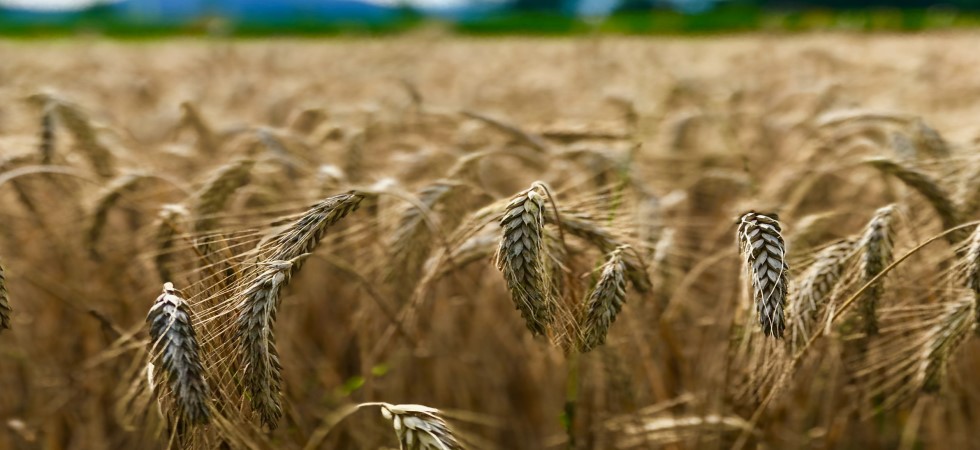The destruction of the Kakhovka dam on the 6th June will have long-term consequences for agriculture in Ukraine’s “bread basket” area, said the United Nations’ (UN) Martin Griffiths.
The dam, which is situated on Dnieper River in south Ukraine, spans an area of over 2,000 square kilometres. Its destruction made way for extensive flooding in the area, displacing over 20,000 people and destroying one of the most fertile regions in Ukraine.
The dam was the sole supplier of water to irrigations systems for over 2,200 square miles of farmland.
With the reservoir depleting, water has been sent down the Dnipro River, causing flooding to a range of important crops. Onion, tomato, wheat and soybean farmland have all been affected, which the UN said will surely have a knock on effect on buyers around the world.
The flooding has disrupted and washed away topsoil layers in major areas of farmland. According to the UN, cultivation of agricultural plants will be impossible on the land for years, and fertilisers used in such soil are likely to disrupt nearby aquatic systems.
UN emergency relief coordinator Martin Griffiths told UN News: “The third phase [of action] will be to look at the economic and environmental consequences, and that, I’m afraid, is going to be the most awful shock for the people of Ukraine and for the global south, because it’s bound to have an impact on global food prices – that area is a bread basket and it’s almost certainly going to be destroyed for any near-term harvesting.”









